Planting Technology Lists
-
Prevention and control of smooth sailing and epidemic rot

[symptoms] mainly damage stems and leaves. Near the ground of the first disease, there are water-immersed round spots, expanded brown, the stems and leaves above the gray-white mildew, that is, the pathogen cyst peduncles and sporangia. When the humidity is high, the diseased leaves and stems rot rapidly. The infected part of the stem showed a water stain at first, and softened and wet rot in the whole section after expansion.
2019-03-04 -
What are the diseases and insect pests in the face of good luck? How to prevent and cure?
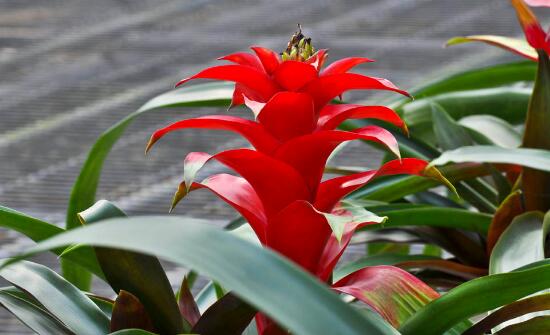
The most common diseases in Hong Yun are heart rot and root rot. The basal tissue of the leaf tube of the plant suffering from heart rot becomes soft and rotten and has a bad smell. The root tip of the root rot plant turns black, brown or rotten. Poor drainage of substrate or excessive watering, high pH of water, poor ventilation during seedling packaging, and long accumulation of seedlings before planting.
2019-03-04 -
What diseases are easy to occur in cutting asparagus?

The yellow but not detached branchlets of asparagus are mainly caused by insufficient nutrients and malnutrition in the basin soil. Some are because the basin soil is hard, the ventilation is poor, and the root activity decreases. In addition to replacing the basin with culture soil rich in organic matter in spring, the surface of the basin soil should be often loosened and attention should be paid to strengthening fertilization.
2019-03-04 -
The breeding method of good luck

1. After the ramet propagation Hongyundang plant blossoms, it will grow from the base of the mother plant to several tillering buds. When the tillering bud grows to the size of the mother plant, it can be cut off from the base of the bud with a knife, remove the lower leaves, dry the notch, and insert it into a basin of rotten leaf soil and plain sand.
2019-03-04 -
The breeding method of good luck: how to reproduce at the head of good luck? How to split at the head of Hongyun? does it have to be divided?

(1) propagation of tillering buds. When the tillering buds at the top, stem base or root of Hongyundang fruit grow to 10 cm long, cut and peel off the lowest part of the leaves at the connection with the mother plant with a scraper and dry them for a day or so. The depth of planting should not exceed 1 inch 5 of the whole bud length.
2019-03-04 -
How to preserve asparagus
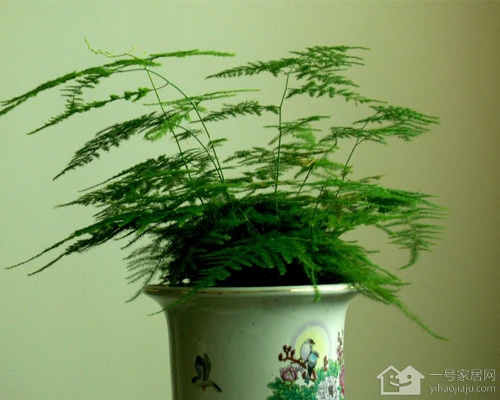
Asparagus, also known as Phyllostachys pubescens and mountain grass, is a perennial vine evergreen herb of Liliaceae. Stems slender and articulate, tufted. The leafy branches are slender, bright green and dense like a feather. Flowers small, bisexual, white, more than blooming in spring and summer. The berries are globose, green at first and purplish black when ripe. There are many varieties of horticulture, among which dwarf asparagus
2019-03-04 -
How to maintain asparagus in winter?

Asparagus likes warmth and has poor cold resistance, so it is not suitable to spend the winter outdoors. It usually moves indoors one or two weeks before "Frosts Descent" (when the minimum temperature drops to about 10%). Do not put it near the kitchen, stove and heating pipe after entering the room. Dust and fuming oil will block the stomata of branches and leaves and hinder normal breathing and growth.
2019-03-04 -
What if the rubber tree is infected with the disease?
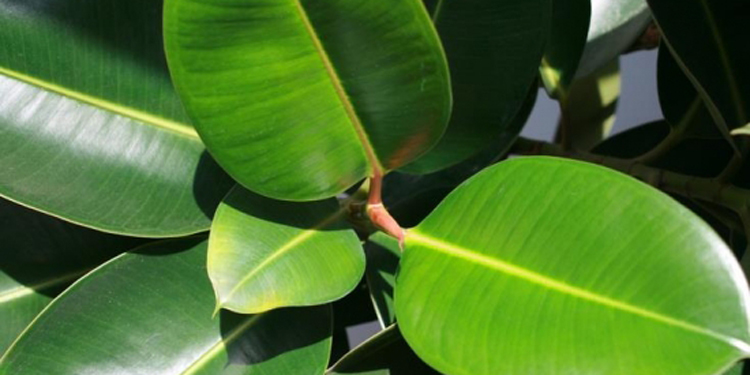
Rubber trees are mainly susceptible to anthracnose and gray spot. Anthracnose mostly occurs on leaves, especially on both sides of leaf veins. The lesion is a round or oval gray spot at first, and then gradually extends to the whole leaf: black particles appear on the spot in the later stage of anthracnose, and pink colloid can be extruded under wet conditions.
2019-03-04 -
What if the lower leaves of the rubber tree turn yellow and fall off?
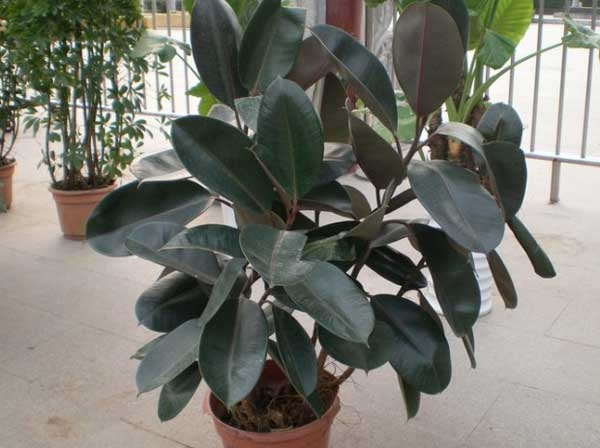
Rubber tree belongs to perennial evergreen woody plant of Moraceae, its leaves are thick and shiny, evergreen all the year round, some varieties' leaves and tender tips are purplish red, and the plant type is plump and elegant. The common cultivated varieties are: ① black leaf rubber tree: dark red leaves, red dorsal veins, bright red buds.
2019-03-04 -
Plain sailing. What are the diseases and insect pests? How to prevent and cure?
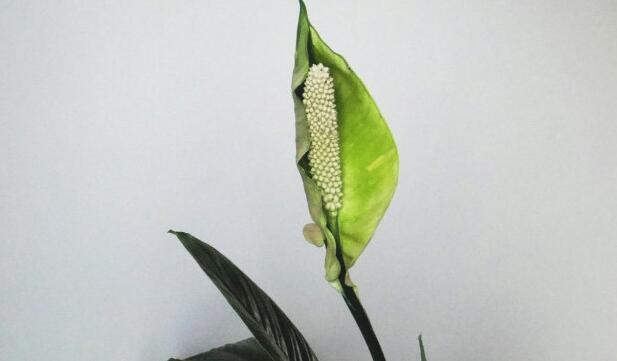
(1) disease. The common diseases are bacterial leaf spot, brown spot and blight, as well as root rot and stem rot. There are two ways of infection of bacterial leaf spot. The first type of infection begins on leaves, which is called leaf infection. Leaf infection usually begins at the edge of the leaf and where there are many stomata in the lower part of the leaf. Initial stage
2019-03-04
